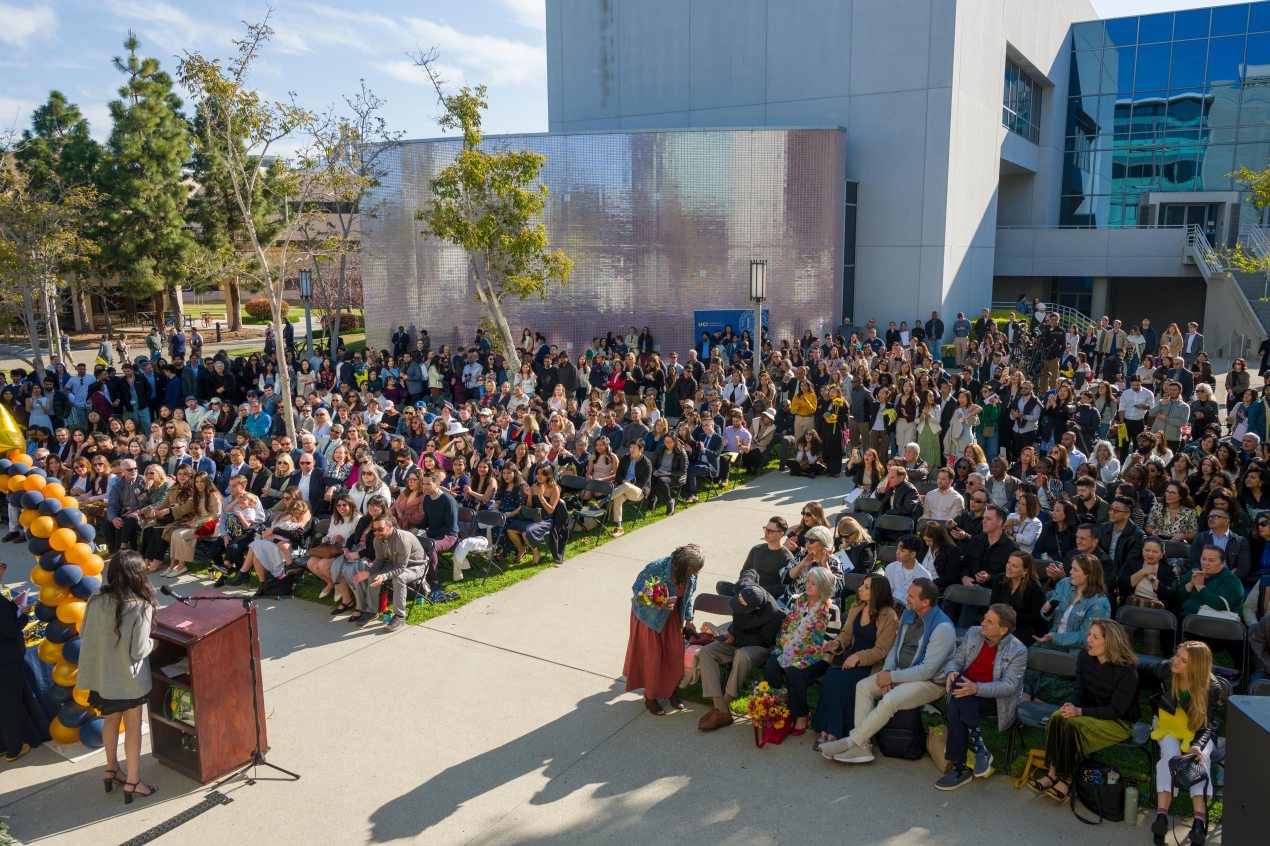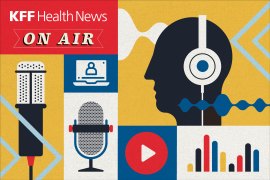Medical educators and health professionals warn that new federal student loan caps in President Donald Trump’s tax cut law could make it more expensive for many people to become doctors and could exacerbate physician shortages nationwide.
And, they warn, the economic burden will steer many medical students to lucrative specialties in more affluent, urban areas rather than lower-paying primary care jobs in underserved and rural communities, where doctors are in shortest supply.
“The growing financial barriers may deter some individuals from pursuing a career in medicine, particularly those from low-income backgrounds,” said Deena McRae, a psychiatrist and associate vice president for academic health sciences at University of California Health.
The new federal loan limits, which are enshrined in the GOP legislation signed by Trump on July 4, cap the amount professional degree students can borrow at $50,000 a year, up to a maximum of $200,000 — well below the average cost of a four-year medical school education.
For students who graduated this year with an MD degree from a four-year medical school in the United States, the median cost of attendance was $318,825, according to Kristen Earle, director of student financial services at the Association of American Medical Colleges. And for those who entered a U.S. medical school in the 2024-25 academic year, the median first-year cost was $83,700.
Health care experts and politicians on both sides of the aisle agree that medical schools must find ways to lower their costs, but critics of the loan caps say limiting federal lending isn’t the answer. Congressional Republicans, who voted for the caps, say they are intended to stem a sharp rise in federal student lending over the past two decades that has driven the cost of attendance higher.
“Uncapped loan limits gave no incentives for schools to reduce any of their costs, recognizing that taxpayers, students, or students’ families would eventually foot the bill,” said Sara Robertson, a spokesperson for the GOP-controlled House Committee on Education and Workforce. “Our reforms and loan limits will put downward pressure on costs to provide better outcomes and lower debt for all students.”
The budget law brings back caps for graduate and professional education that Congress eliminated in 2006. Since then, students have been able to get federal loans that cover the total cost of their degree programs. Reimposing the caps, along with other changes to federal student loans, is expected to save the federal government $349 billion over 10 years, according to the Congressional Budget Office.
Whether the new federal loan policy will push down tuition costs remains to be seen.
Robertson pointed to a 2023 study by the National Bureau of Economic Research showing that the more generous federal lending policy since 2006 has led to “significantly higher program prices” in graduate education. The study also found that the additional federal support failed to increase enrollment in graduate programs, including for underrepresented students.
However, data provided by the Association of American Medical Colleges shows that cost-of-living increases, not tuition, drove up the expense of studying medicine in recent years.
Students already in medical school who have taken out federal loans before the new rules take effect on July 1 will be exempted from the cap. But students whose loans are capped under the new law will need to make up the difference, in many cases by taking out private sector loans, which typically have less flexible repayment terms and require a strong credit rating — a heavy lift for students from low-income communities.
Robertson cited a 2017 analysis showing that nearly 60% of graduate students could have obtained a private loan at a lower interest rate than any available federal loan. Federal loans, however, come with advantages that private loans don’t. For instance, federal loans can include monthly repayments calibrated to income, and they offer two debt forgiveness paths, including the Public Service Loan Forgiveness program, which erases the balance for those who work in a government or nonprofit organization and make their monthly payments for 10 years.
Critics and proponents agree on at least one thing: Now is the time for medical schools to think creatively about lowering costs for students. This might include reduced tuition, more chances for debt forgiveness, and accelerated programs that allow students to graduate in three years rather than four, reducing costs by 25% and getting them more quickly into paid jobs.
“I hope that coming out of this, medical schools and others find a way to seize the moment and help us figure out how to reduce the total cost of medical school,” said Martha Santana-Chin, CEO of L.A. Care. “Maybe this is an opportunity for us to rethink how the system is working.”
Roughly a fifth of medical schools offering an MD degree have accelerated programs, including the University of California-Davis, according to the Consortium of Accelerated Medical Pathway Programs.
A data analysis of eight medical schools led by the NYU Grossman School of Medicine, whose core MD curriculum is three years, shows that students in three-year programs derive a lifetime financial gain totaling over $240,000 due to the cost savings of less time in medical school, interest not paid on the corresponding amount not borrowed, and faster progression to a salaried position.
In addition to lowering costs, accelerated medical programs seek to address health care workforce shortages by training physicians more quickly. And with the new loan caps about to make it more difficult for many students to finance their medical education, these programs suddenly have a new timeliness.
Students who spend three years in medical school instead of four have lower debt and get to a higher salary sooner, said Caroline Roberts, a family physician and director of rural education at the University of North Carolina’s School of Medicine. UNC offers a three-year track for students who want to be primary care doctors and work in rural areas of the state, where doctor shortages are a major problem.
Zoe Priddy, who is in her second year of UNC’s three-year program, said that if the federal loan limits had been in place at the time she was making plans to attend medical school, she would have needed a job that paid better than the research lab where she worked after completing her undergraduate degree.
“I would have had to change my trajectory if I still wanted to pursue medicine, and I don’t know if it would have been possible for me,” Priddy said. However, the lower debt associated with the three-year track “eased my decision” to go into pediatrics, a lower-paying specialty, she said.







